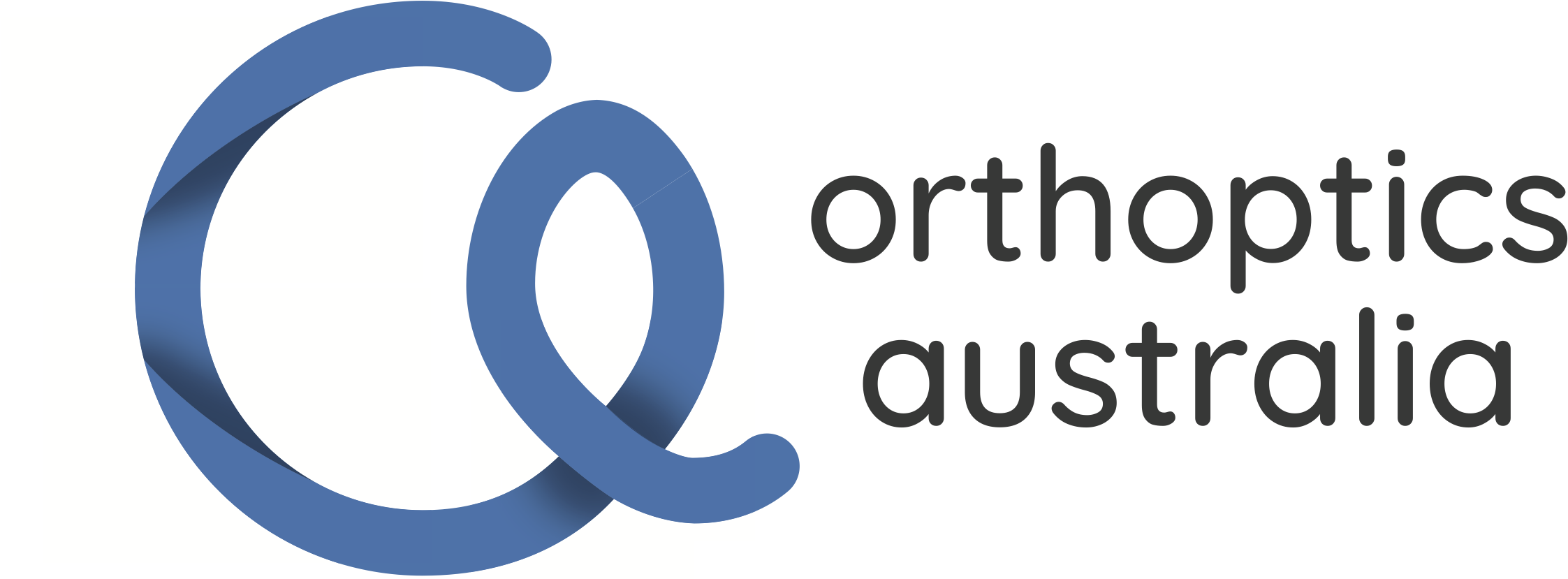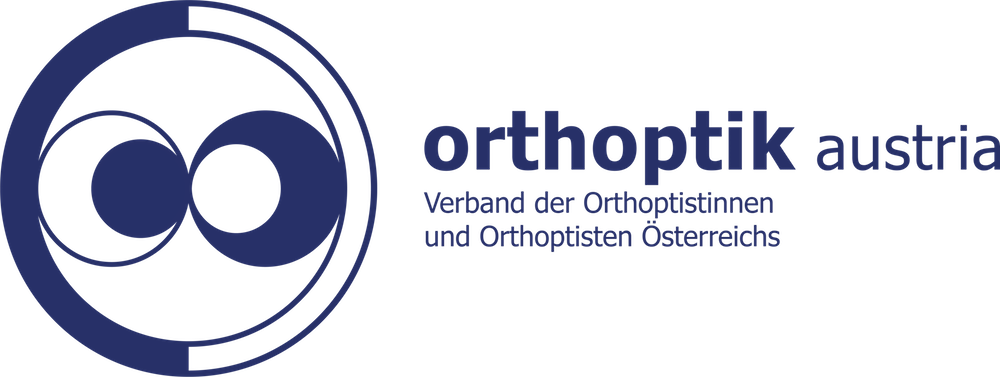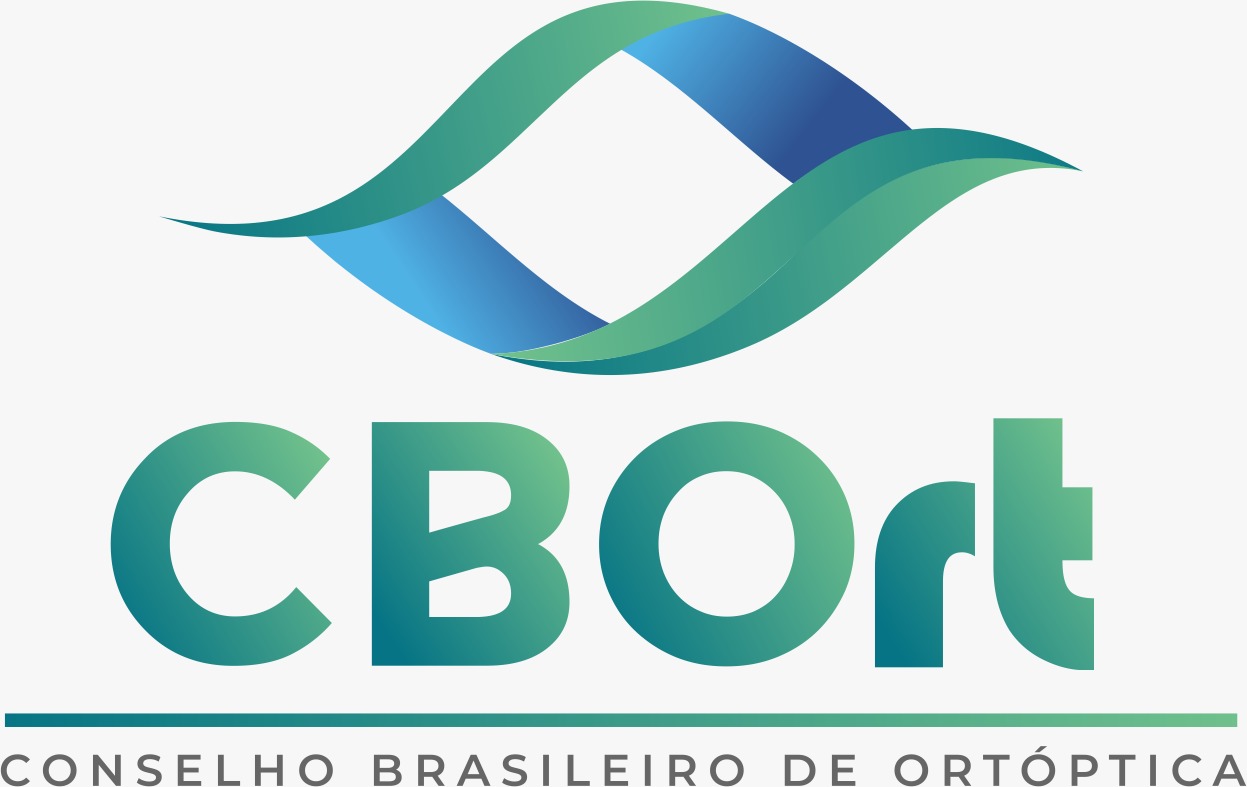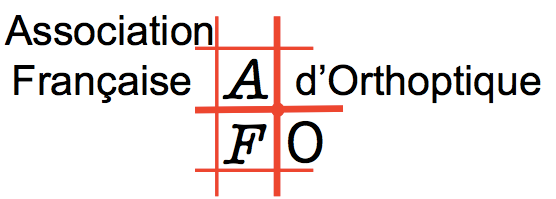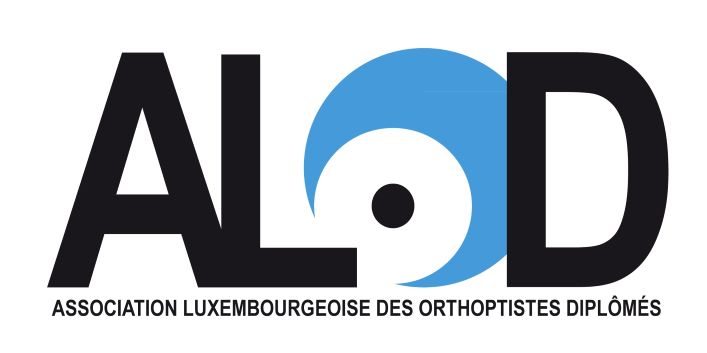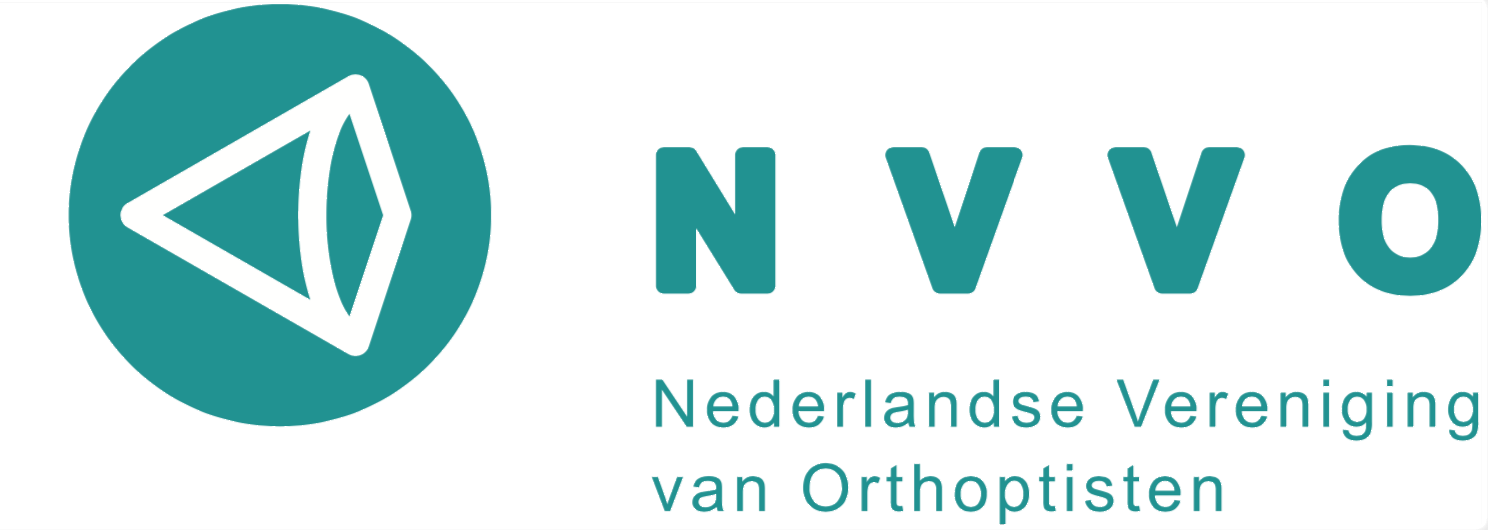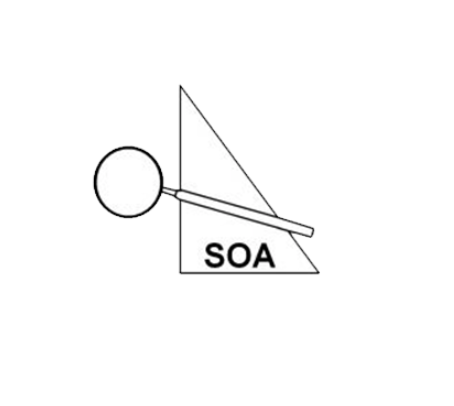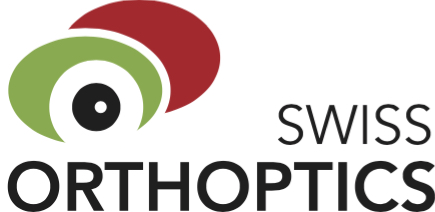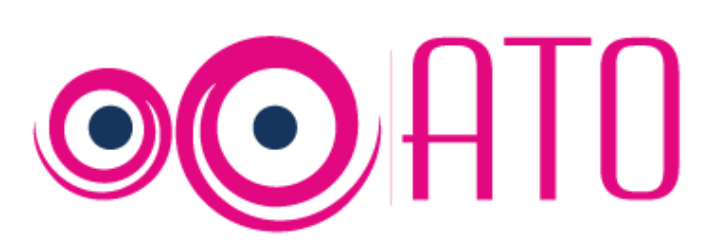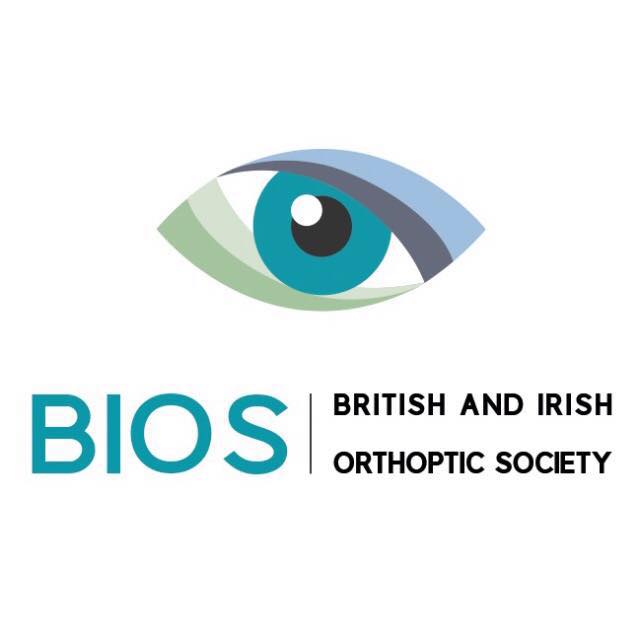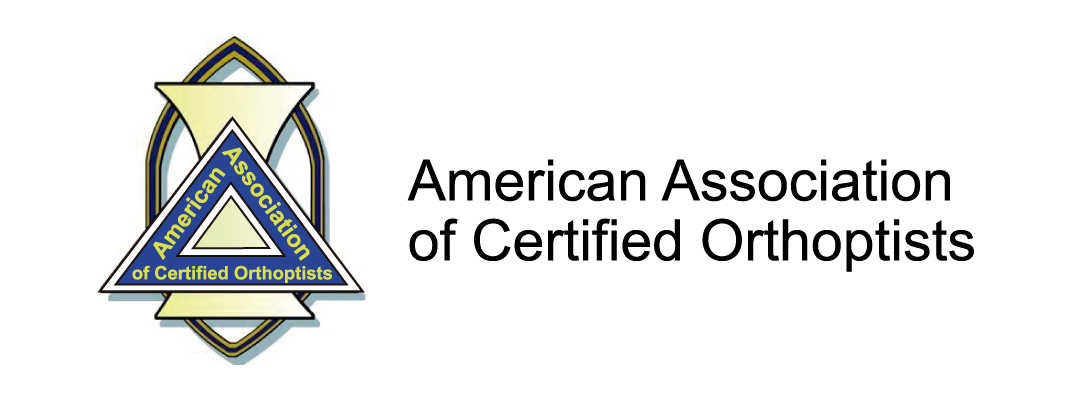Chronological History of the IOA
In 1964, the idea of a global orthoptic organization was first proposed by the British Orthoptic Society (BOS), marking the initial step toward international collaboration in the profession.
By 1967, the first International Orthoptic Congress was held in London, a landmark event that gathered orthoptists from across the world. It was during this congress that an Interim Committee was formed to explore the creation of a formal association.
In 1968, the organization was officially named the International Orthoptic Association (IOA), uniting national orthoptic societies under a shared mission.
The year 1971 saw the first General Meeting of the IOA held in Amsterdam during the II International Orthoptic Congress. This marked the formalization of its governance structure and the beginning of regular congresses as a cornerstone of IOA activities.
By 1974, the IOA Constitution was established, granting the organization its legal foundation. This milestone ensured that the IOA operated with clarity and structure, setting the stage for its future growth.
During the 1980s, the IOA expanded its focus to include dedicated committees for education, standards, and scientific research, reflecting its commitment to advancing orthoptic knowledge and practice worldwide.
In the 1990s, the IOA developed its first Handbook, a comprehensive guide to governance, operations, and committee terms of reference. This period also saw an increase in international collaboration and membership.
The 2000s brought further expansion, with the IOA welcoming new national organizations and regions into its membership. This growth strengthened the IOA’s role as the global advocate for orthoptics.
In the 2010s, the IOA prioritized enhancing global partnerships and improving education standards. Initiatives focused on collaboration, capacity-building, and professional development to meet the evolving needs of the orthoptic profession.
From 2012 onwards, the IOA launched its Strategic Plans, outlining a clear vision for the future. The plans emphasizes key program areas such as International Cooperation, Education & Research, Standards & Quality, Promotion & Development, and Operations Management.
From its origins to the present day, the IOA has remained dedicated to its mission of advancing orthoptics as a profession and improving global vision care. Through innovation, collaboration, and a shared commitment to excellence, the IOA continues to shape the future of orthoptics worldwide.

